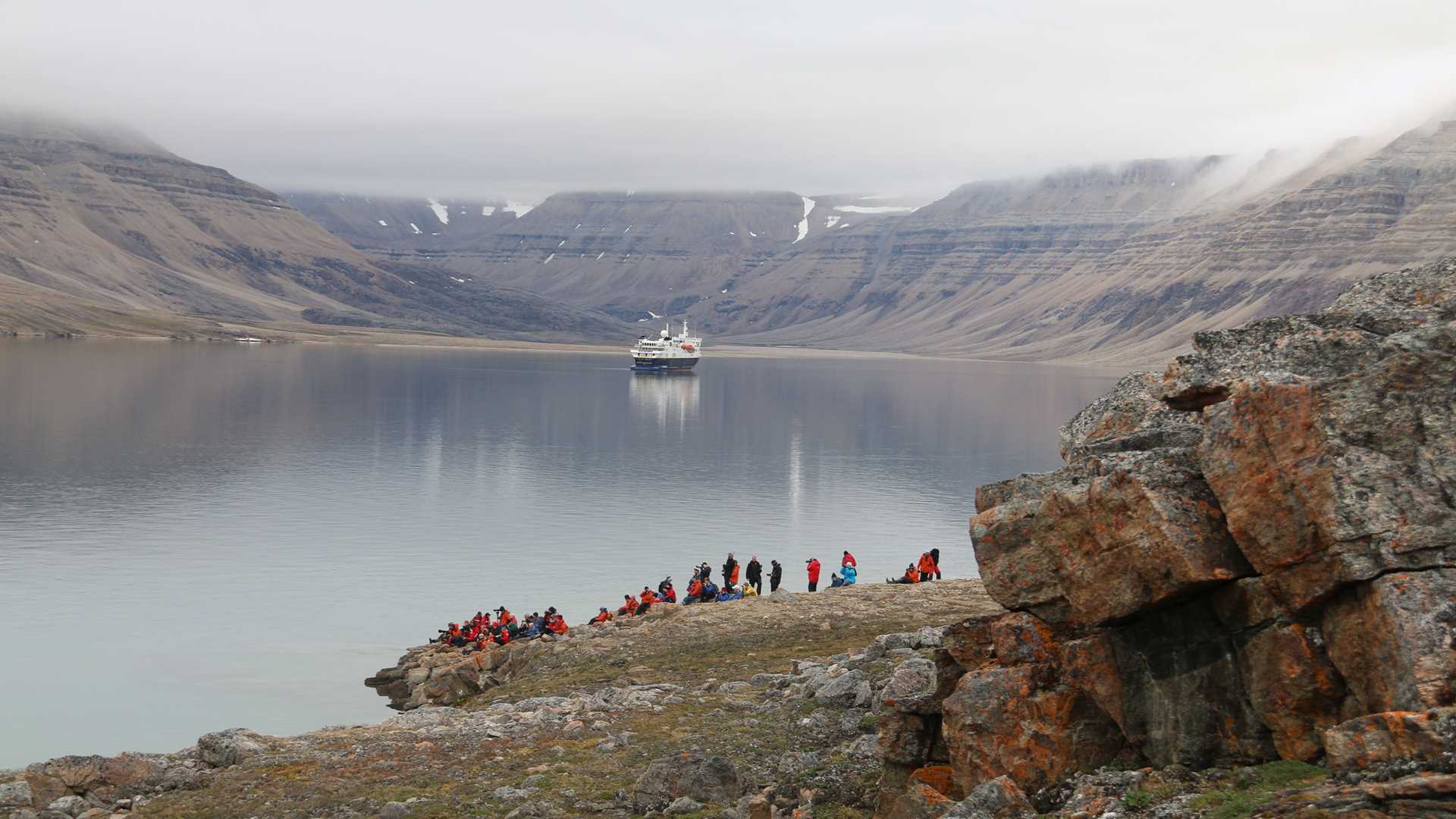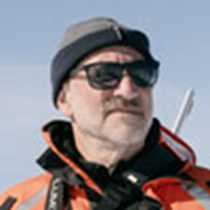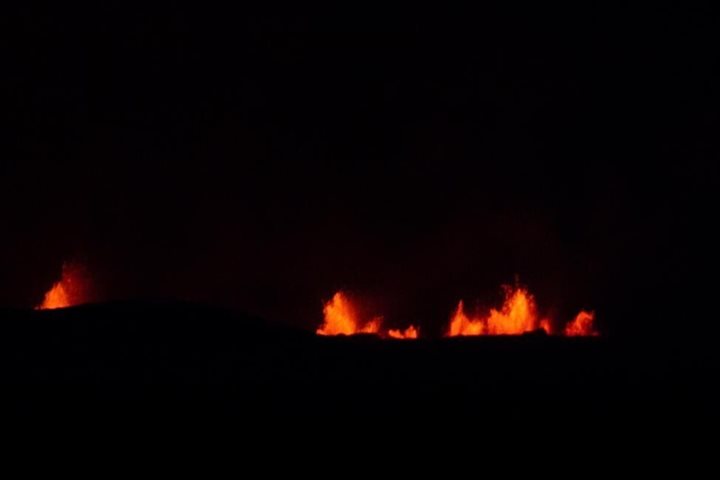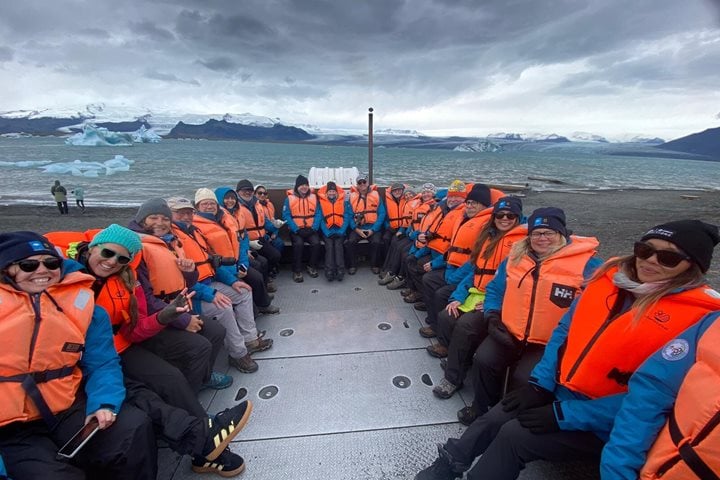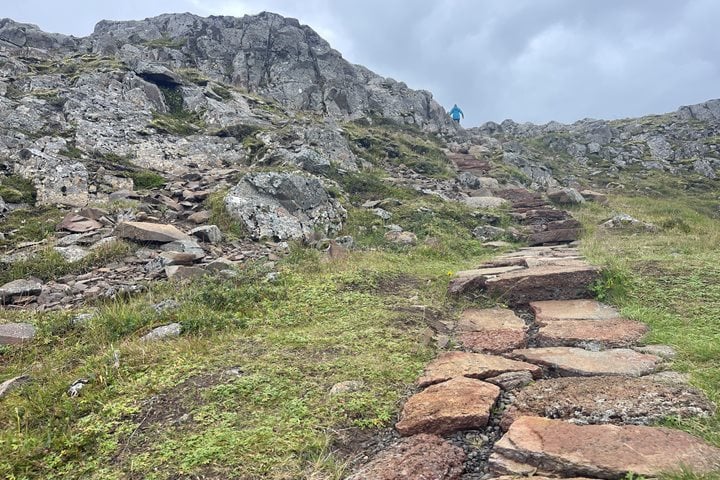Burnett Inlet juxtaposes the dramatic with the sublime, as stunning cliffs reminiscent of the Grand Canyon serve as the backdrop for purple saxifrage and the other tiny jewels that bloom in this arctic desert. Burnett turned out to be a great place to land, with excellent hiking along a stream that flows down from an inland lake. The numerous gulls hanging about the stream tipped us off to the presence of Arctic char. Muskox and bear tracks were scattered among the wildflowers, testifying to where the animals had been, although not where they currently are.
After a few hours of exploring the area, we boarded the National Geographic Explorer and headed east to Cuming Inlet, another area that remains largely unexplored. Here the landscape is dramatic, with an unnamed tongue of the inland ice cap flowing down the valley it has carved to reach the sea. We kept an eye out for wildlife as we slowly motored past and soon our efforts were rewarded as we spotted a few dozen walrus hauled out on the rocky shore. We were careful to keep a good distance with the ship to avoid spooking them, then landed half a mile from them to try and get a closer look. Working our way slowly and quietly along the beach, we managed to approach to within 600 feet without disturbing them. We watched as several more hauled themselves ashore and we could clearly hear them grunting as they argued about who got to sit next to whom, and who stepped on whose flippers. Not only could we see and hear them, but when the wind shifted a bit, we could also smell them! These may now be the most photographed walrus in Nunavut!
After an hour or so, we retreated carefully back to the Zodiacs and returned to the ship. As so often happens, our delightful dinner was interrupted by a polar bear sighting, and most of the guests and staff headed for the deck to watch and photograph a bear who seemed completely unconcerned with our presence.

